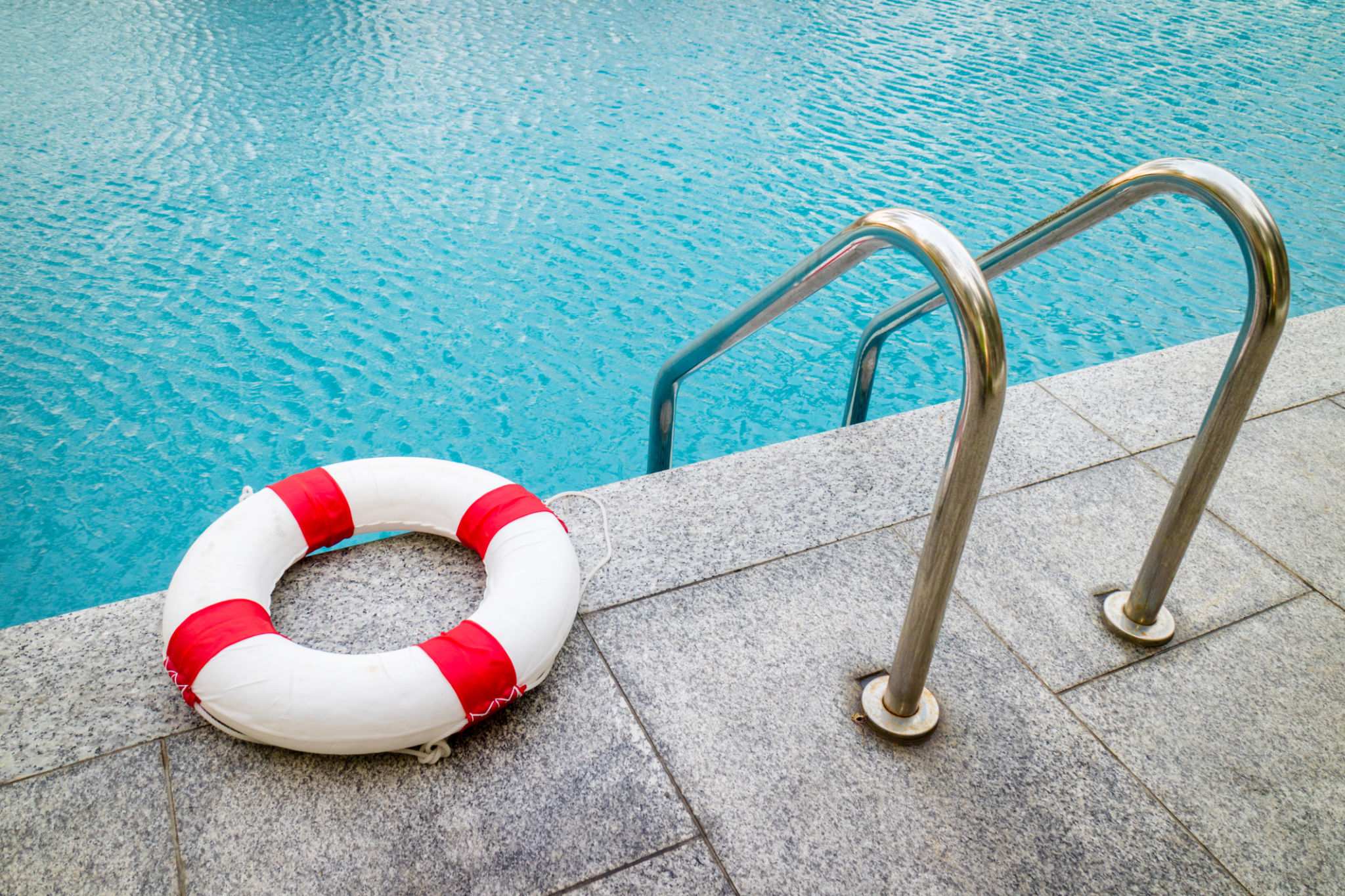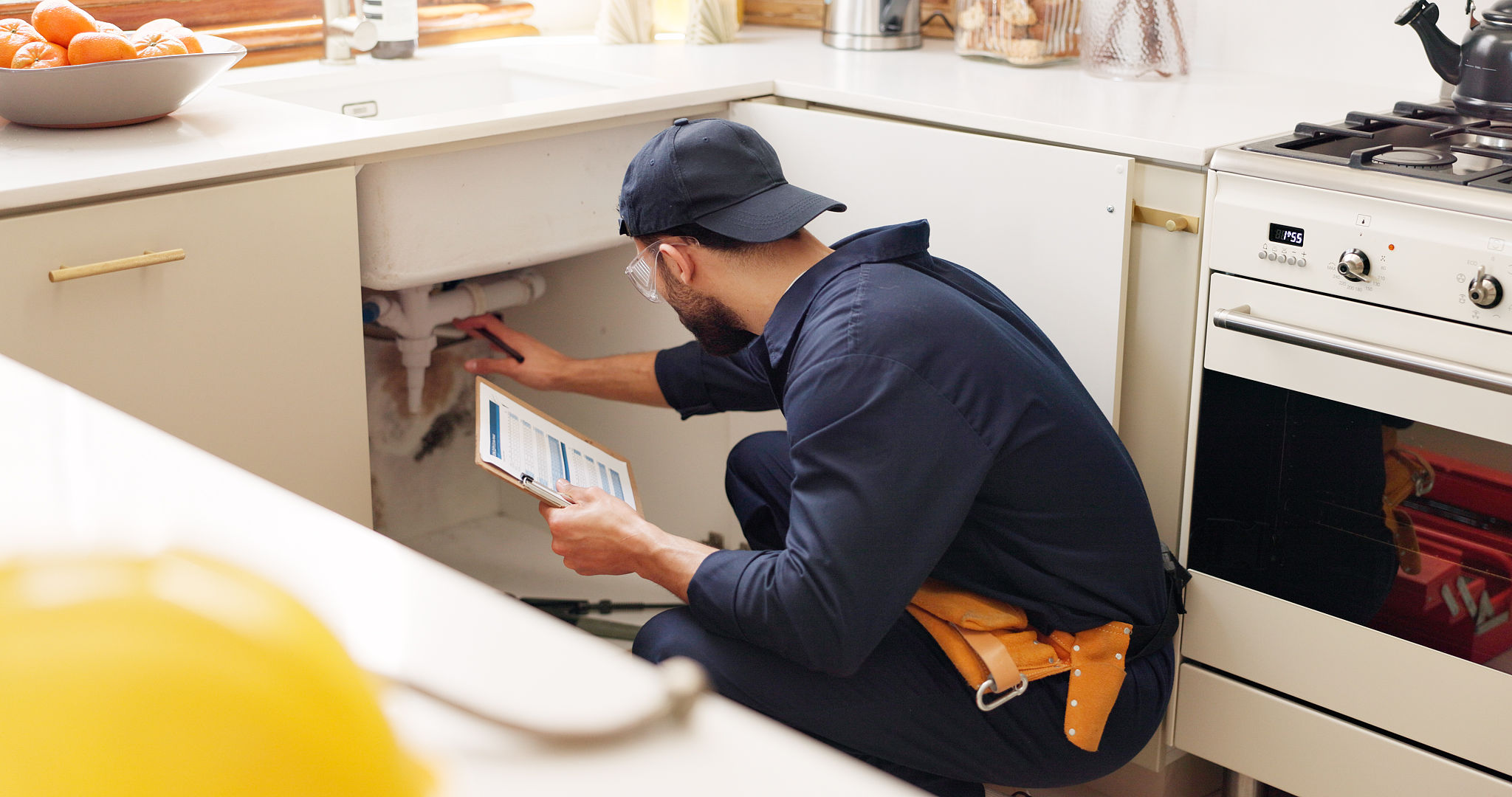Understanding the Differences Between Double Check Valve and Reduced Pressure Zone Devices
Introduction to Backflow Prevention
Backflow prevention is a crucial aspect of maintaining safe and clean water systems. It ensures that contaminated water does not flow back into the clean water supply. Two commonly used devices for backflow prevention are the Double Check Valve Assembly (DCVA) and the Reduced Pressure Zone (RPZ) Device. Understanding the differences between these two can help you choose the right solution for your needs.

What is a Double Check Valve?
The Double Check Valve Assembly is a type of backflow prevention device that consists of two independently acting, spring-loaded check valves. These valves work together to prevent the reverse flow of water, ensuring that potential contaminants do not enter the potable water supply. DCVAs are commonly used in low- to medium-risk applications where the threat to the water supply is not severe.
Features of Double Check Valves
Double Check Valves are known for their simplicity and ease of maintenance. They are effective in environments where the risk of contamination is moderate. Some key features include:
- Compact size
- Ease of installation
- Durable construction
- Cost-effectiveness
Understanding Reduced Pressure Zone Devices
The Reduced Pressure Zone Device is considered more robust compared to the DCVA. It features two check valves with an added relief valve, which provides an extra level of protection against backflow. This relief valve opens to discharge water in case of valve failure, ensuring that any potential contaminants are expelled from the system.

Advantages of RPZ Devices
RPZ Devices are designed for high-risk situations where contamination can pose serious health hazards. Key advantages include:
- Superior protection with the relief valve mechanism
- Ability to handle high-pressure scenarios
- Enhanced safety for critical applications
Choosing Between DCVA and RPZ
Determining which device to use depends on the level of risk and local regulations. DCVAs are suitable for general applications with lower contamination risks, while RPZ Devices are recommended for environments with high-risk factors. Consider consulting with a professional to evaluate your specific needs and ensure compliance with regulatory standards.

Installation and Maintenance Considerations
Both devices require regular maintenance to function effectively. Routine inspections and testing are essential to ensure that the valves operate correctly and provide necessary protection. Professional installation and regular servicing can extend the lifespan of these devices and maintain system integrity.
Conclusion
Understanding the differences between Double Check Valves and Reduced Pressure Zone Devices is essential for selecting the appropriate backflow prevention solution. By evaluating the specific requirements of your water system, you can ensure that your potable water remains safe and uncontaminated, safeguarding public health and complying with local regulations.